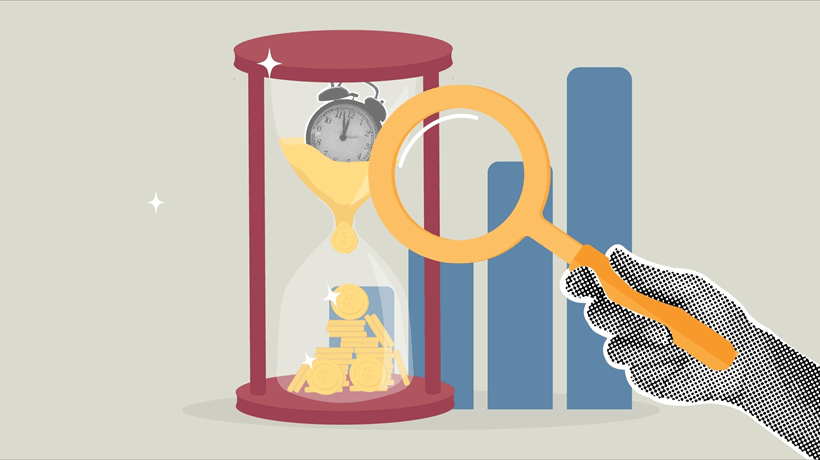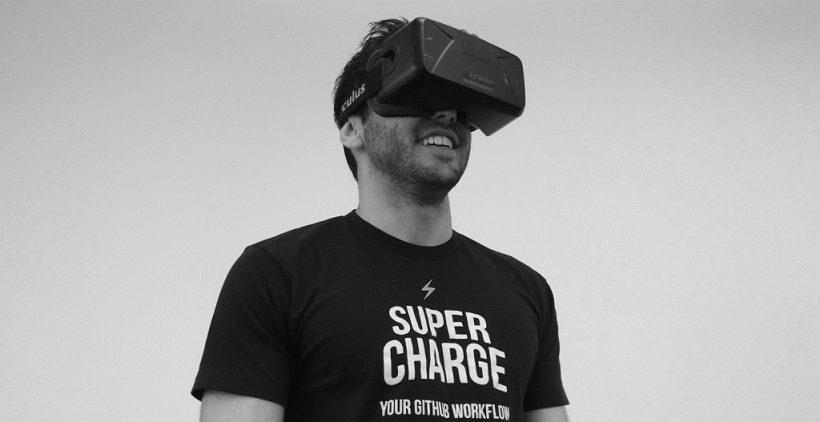13 Learning And Development Reality Checks For 2018
There is a lot of prognostication and guessing going on nowadays about the future of Learning and Development (L&D). This is especially due to the rhetoric and attention that’s been given to Artificial Intelligence (AI), Augmented Reality (AR), Virtual Reality (VR), Internet of Things (IoT), gamification, and all the other buzzwords you’ve been hearing about.
This article is not predicting what I suspect will happen in the future, it’s a wake-up call or sorts to what is already going on around us. Because let's face it, there is a lot going on that is impacting L&D that we sometimes don’t see, don’t recognize, and don’t do anything about. In other words, this is a reality check—13 Reality Checks to be exact—and what I think the implications of these realities will be on L&D in 2018.
13 Learning And Development Realities
I’ll keep this short because that is what I believe consumers of information wanted, and it's also the first reality check. But you can expect 14 follow-ons "thought briefs" that go into more detail on each reality check, including the "why" behind my statements and the research to back it up.
1. Human Behavior Has Changed
Digital conditioning has changed and continues to change human behavior. There is no question that learning has changed over the past 10 years. Innovative consumer technologies, including smartphones and social media, has changed human conditioning, especially how we seek answers to questions and how we choose to learn. Want to know what I’m talking about? Just think about the last time you had a question, and then how you searched for the answer.
2. Free Is The Greatest Threat
Free will continue to be the greatest disruptive threat to the L&D industry. One of the biggest differentiators between the free online learning fragments available to us all and the formal paid L&D solutions is the quality of the experience and content. I’m here to tell you that is changing. These free learning fragments are improving in quality daily, and more and more people are turning to them for answers to their professional questions and dilemmas, including soft skills like sales and leadership.
3. The "Community" Is The New Expert
Yes, the thousands of organically grown communities of practice continue to fill the role of expert. The sage on the stage has effectively been replaced by synergistic communities and a world of up and coming experts. But on the other hand, forced top-down social networks most often fail. We’ve learned that companies cannot force communities of practice but must rather creatively tap into those communities that are already thriving.
4. Learning Is Naturally Occurring On Mobile Devices
Whether it fits our traditional concept of learning or not, mobile learning is becoming synonymous with learning. Whether completely replacing or acting as a supplement or reinforcement tool for learning content, mobile learning is here to stay and will continue to evolve until it has penetrated every aspect of our L&D models. We can either embrace it and innovate along with it or be left behind.
5. Beware Of Shiny Objects
Like before, there will be new shiny tools, innovations, and buzzwords to distract you from what is really working. This is a real side-effect of innovation. Very few innovations will make it across the chasm. The challenge for us in L&D will be to identify what trends are winners and which ones are fads. One of the best ways of ensuring we are not being led away by red herrings is to look beyond our industry, and see what is working and why.
6. The Status Quo Is Being Disrupted
Companies who refuse to innovate digitally will be disrupted from without. Many who only prescribe traditional, outdated learning methodologies and technologies will lose talent and market share, and eventually, be disrupted by competitors in and out of their market.
7. Instructor-Led Training Is Still The Boss… For Now
In some sectors of the market, Instructor-Led Training (ILT) will continue to dominate overall training hours available. Despite steadily losing market share to more flexible, entertaining, and innovative digital mixes, ILT is still the boss and will be for at least a few more years. The ILT solutions that will survive and succeed will adapt their delivery to include a pre-and post-digital blend that reduces cognitive load, incorporates discovery, enables practice, supports reinforcement, and establishes accountability.
8. The Video Is The Golden Child
Video-based learning development, delivery, and consumption will continue to grow. Youtube and subsequent video-based learning products have paved the way for a budding market and growing demand for short, entertaining, video-based learning alternatives.
9. Millennials Are Changing Things Up
Millennials are wired differently than previous generations and will change things as they get more power. Over the next few years, as Baby Boomers continue exiting the workforce and Millennials start filling their vacated positions, we will see a major shift in L&D buying habits, including how training is delivered, what topics are being sought after, accessibility, and technologically-driven ROI expectations. While this sounds like a prediction, it is also a reality as we look at how millennial entrepreneurs approach work, life, and learning.
10. Artificial Intelligence (AI) Is Impacting Learning
AI will increasingly become a more influential part of our lives, including how we shop, how we communicate, and how we obtain information. We should not underestimate or overlook AI in the L&D space. As Pandora recently put it, "voice is the new touch".
11. Being Customer-Centric Equals Success
Customer or learner-centric approaches will yield better results and ROI over traditional, silo-based, innovative practices. Because as we’ve learned, the consumer of information, aka the modern learner, is king and will determine the future of the L&D industry, so the more we are in tune with them and their ever-changing preferences, the greater chance we have of success.
12. Keeping Up May Be Impossible
The world, including the L&D industry, is struggling to keep up. While the L&D industry continues to react with new innovative models, technology, and tools, it will become increasingly harder to capture learner behavior and sentiment in a bottle and stay ahead of the ever-changing advances in digital technology and consumer demand that influence that behavior. In other words, L&D must not only continuously reinvent the products and delivery modalities they create, but they must also reinvent how they identify what works and how to stay ahead of the wave of innovation and competition that is our new reality. He who adapts will survive.
13. Commoditization Will Be Hard
The packaging and commoditization of learning products and solutions will become increasingly difficult. For many of the same reasons as the reality check #12, those in the L&D business space will need to reinvent what their products look and feel like, and continuously update and improve those products. As much as we like to put things in neat packages and categories, so we can commoditize them. This is becoming harder to do in a world that encourages and rewards customization and personalization.
Final Words
In summary, there is a lot going on in and out of the L&D space that continuously influences, impacts, and ultimately changes how we consume information and learning. This is not your mother’s training world anymore, and it is getting crazier by the day. What systems and processes we put in place to effectively react and adapt to these perpetual changes will determine the level of success we have within our companies in regards to retaining talent and being profitable. Don’t feel like this can’t be done. There are pockets of brilliance and success stories all around us, we just have to look. However, they may not be where you expect them to be, so keep looking.









